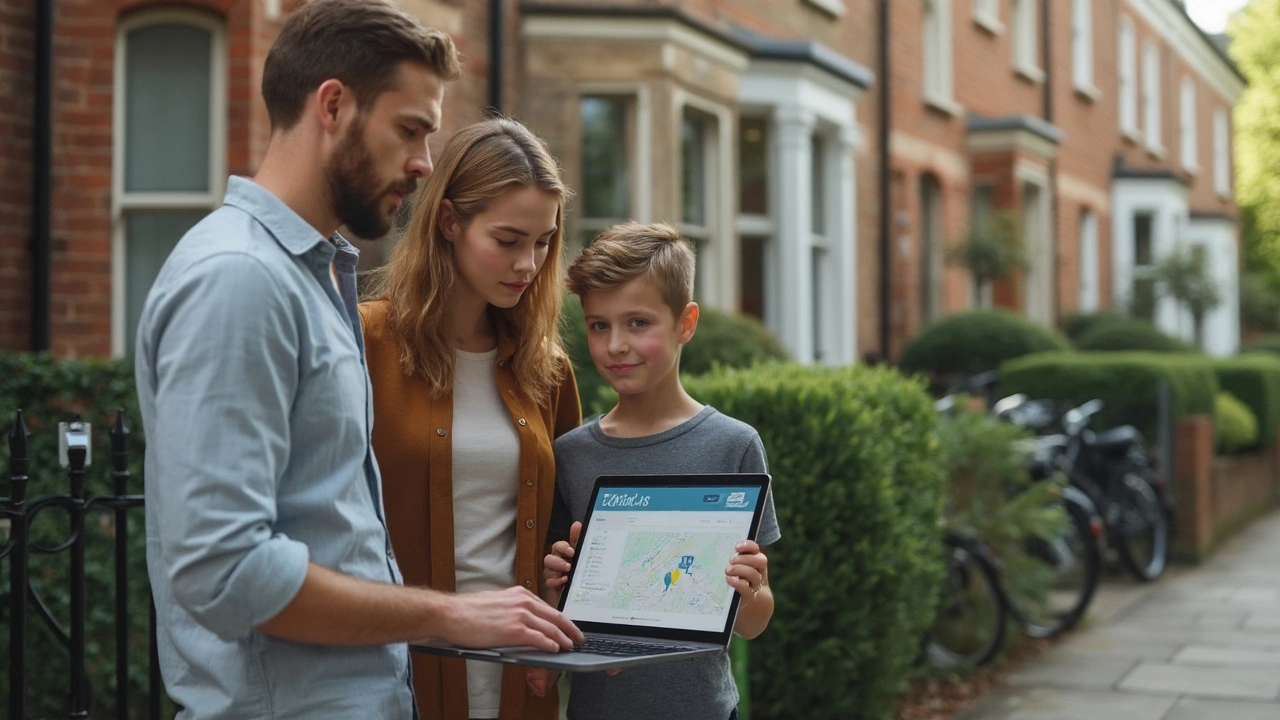Home Value Explained: How to Find and Improve Your Property’s Worth
Ever wonder what makes a house worth $300,000 instead of $250,000? The answer isn’t magic – it’s a mix of data, location, and a few smart upgrades. Knowing your home’s value helps you price it right when you sell, negotiate a better mortgage, or decide which improvements are worth the money.
What Determines a Home’s Value?
The first thing to look at is the comparative market analysis (CMA). This is simply a list of recent sales for homes that are similar to yours – same size, same number of bedrooms, same neighbourhood. If a nearby three‑bedroom sold for £350k, that’s a strong clue about where your price should sit.
Next, think about the location factors. Proximity to schools, transport links, parks, and shops can add a lot of value. Even the street’s reputation matters – buyers will pay more for a quiet, well‑maintained road than a noisy one.
Condition and age are also key. A brand‑new kitchen, fresh paint, or a modern bathroom can boost the price by several thousand pounds. Conversely, structural issues like damp or a roof that needs replacing will drag the value down.
Finally, market trends play a role. In a seller’s market, where demand outstrips supply, values rise fast. In a buyer’s market, prices can stagnate or even fall. Keep an eye on local news and housing reports to gauge the mood.
Easy Ways to Increase Your Home’s Value
If you’re planning to sell, focus on upgrades that give the biggest return. Curb appeal is cheap but powerful – tidy the garden, paint the front door, and add outdoor lighting. First impressions can add 5‑10% to the asking price.
Inside, a fresh coat of neutral paint works wonders. Buyers picture their own furniture better on plain walls, and neutral tones appeal to a wider audience. Kitchen and bathroom updates are next on the list. Even small changes – new cabinet handles, modern taps, or energy‑efficient appliances – can make a room feel upgraded without a full remodel.
Don’t forget energy efficiency. Adding double‑glazed windows, improving insulation, or installing a smart thermostat can lower utility bills and make your home more attractive to eco‑conscious buyers.
Lastly, tidy up the paperwork. A clean set of documents – recent surveys, warranties, and a clear title – speeds up the sale and can justify a higher price.
Remember, not every improvement pays off. A swimming pool, for example, adds value only if it matches buyers’ expectations in your area. Always compare the cost of the upgrade with the potential increase in sale price.
In short, your home’s value is a blend of data, location, condition, and market vibes. Use a CMA to set a realistic base price, polish the curb appeal, refresh key rooms, and keep energy costs low. Follow these steps and you’ll have a solid picture of what your property is truly worth and how to push that number higher.

Is a Zillow Estimate Accurate? What You Need to Know Before You Trust the Zestimate
Curious if you can trust Zillow’s Zestimate when figuring out your home’s value? This article breaks down how the popular tool works, what data it uses, and how accurate it really is. We’ll look at the pros and cons of depending on Zestimate versus getting a real appraisal, and share some smart tips on how to double-check your home’s value. Whether you’re selling, buying, or just nosy about your neighbor’s house, you’ll get honest advice you can use.